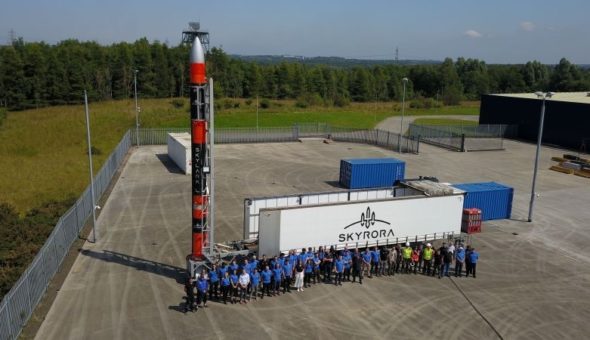Miriam Regue is a final year PhD student working with Dr Salvador Eslava on metal oxides for solar fuels. Last year, Miriam had the opportunity to do her internship placement at the Institute of Solar Fuels in the Helmholtz Zentrum Berlin (HZB), where she spent three months learning about new materials that could revolutionise solar fuel production.
HZB is located on the outskirts of Berlin, Wannsee, a neighbourhood surrounded by nature and beautiful lakes. At this particular institute, scientists and engineers mainly research on the development of new materials and devices for the production of solar fuels, which is strongly related to my PhD.
My PhD research focuses on the development of nanostructured materials for solar fuels - I design the shape of mineral surfaces in order to promote the reactions I want to happen, such as the production of hydrogen from water using sunlight.
I chose HZB for my placement because it is a fantastic research institute and is highly specialized on my PhD topic, which allowed me to understand and gain in-depth knowledge of my own research as well as material science in general.
In particular, my project in HZB consisted in developing and designing Fe2TiO5, an iron titanium oxide mineral which can be used for water splitting to produce hydrogen using sunlight. The resulting hydrogen can be used as fuel for cars or to heat our homes, for example.
Fe2TiO5 is a relatively new material that is gaining scientific attention right now because it is a combination of two of the most common metal oxides studied in this field, titanium dioxide (TiO2) and iron oxide (Fe2O3). What makes it a particularly interesting material is that it has better physical and chemical properties, which basically makes it able to absorb more sunlight, and more efficiently.
Although Fe2TiO5 still presents some inherent problems, it is believed that its outstanding features will help science advance in the production of hydrogen from water splitting and get a step closer a milestone in the field — building a large-scale device.
In particular, we studied how adding external metals like zinc, nickel, or tin, to the Fe2TiO5 structure, affected the behaviour and performance of the material. To develop this study, we used very unique techniques to help us reveal and understand the ‘inner workings’ of these materials at the atomic level.
Doing my internship in HZB was a great experience not only because I enjoyed my project a lot, but also because I met excellent researchers! On top of that, I also had the opportunity to explore and get to know Berlin and its surroundings! Berlin is a wonderful city full of history and life. There are plenty of things going on every day, so you never get bored there! Also, I was lucky enough to be in Berlin close to Christmas time, so I could enjoy the lovely Christmas Markets.
Overall, my experience in Berlin was excellent and I would recommend it to everyone.
I would like to thank Ibbi Y. Ahmet (a former PhD student of the CSCT) and Prince Saurabh Bassi for all their help, support and advice that they gave me during my three months at HZB, as well as all the people from the Institute of Solar fuels. It was great to be part of the team!
Respond





